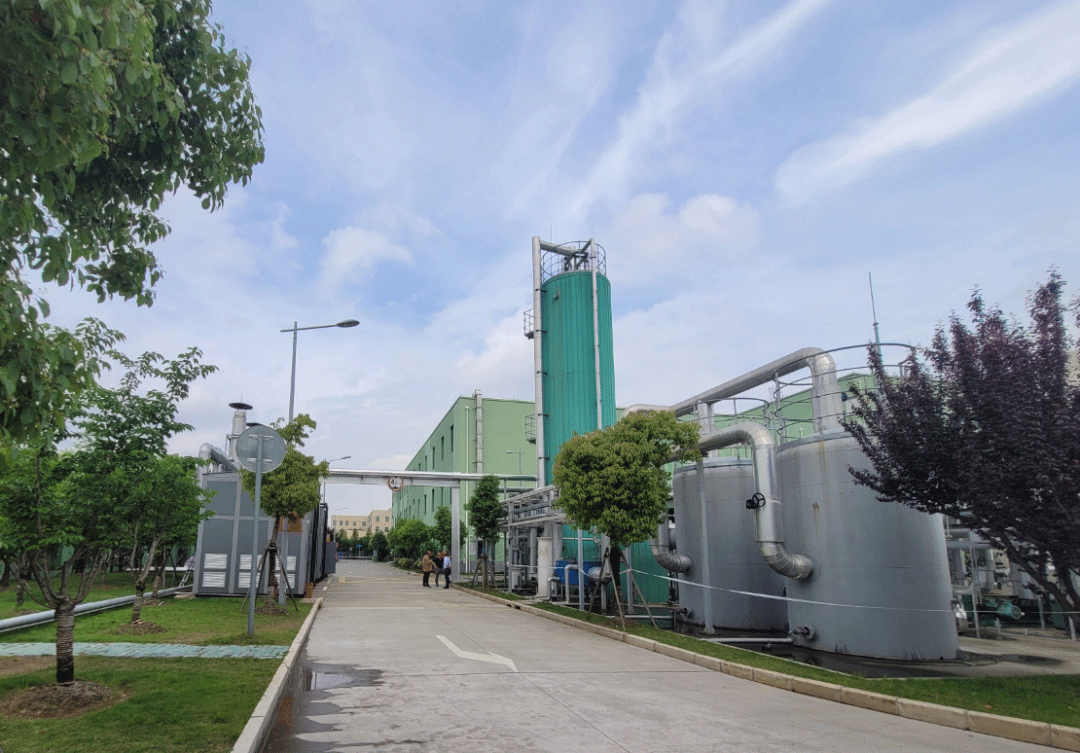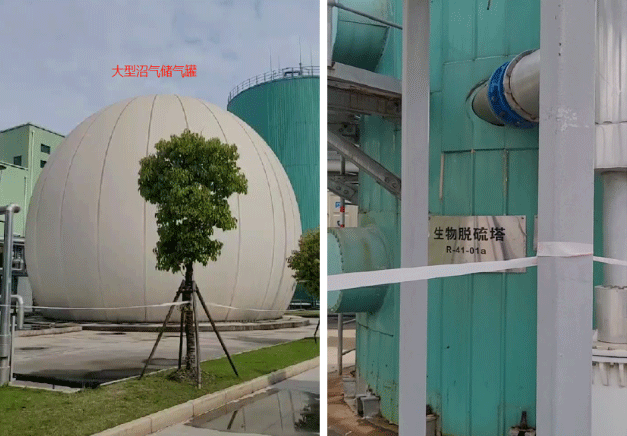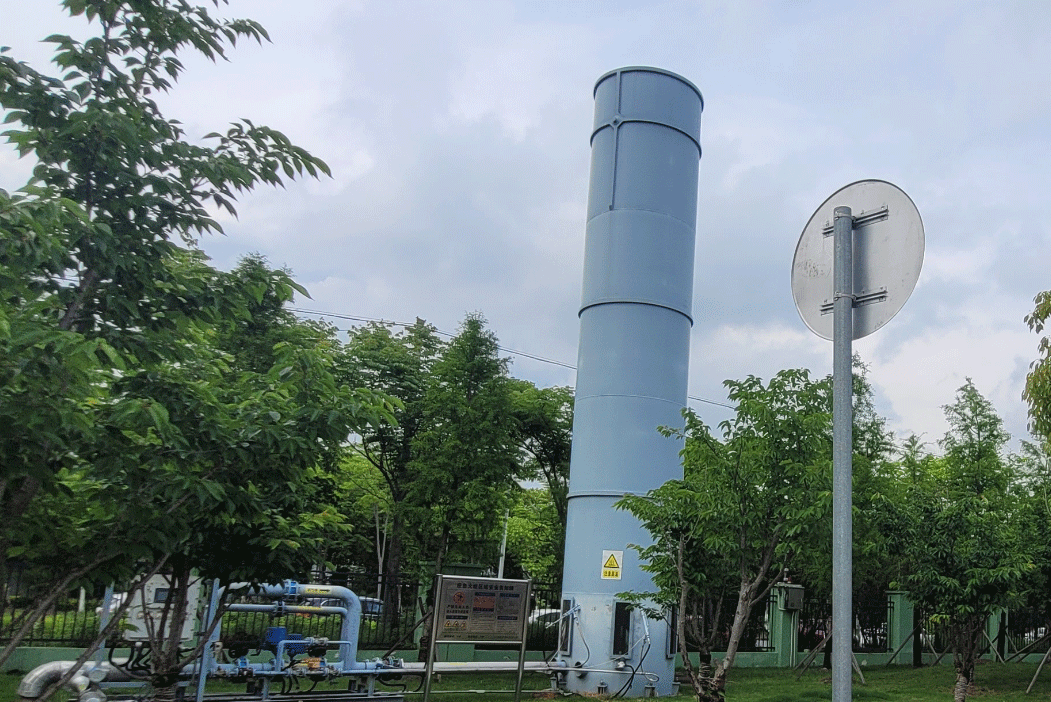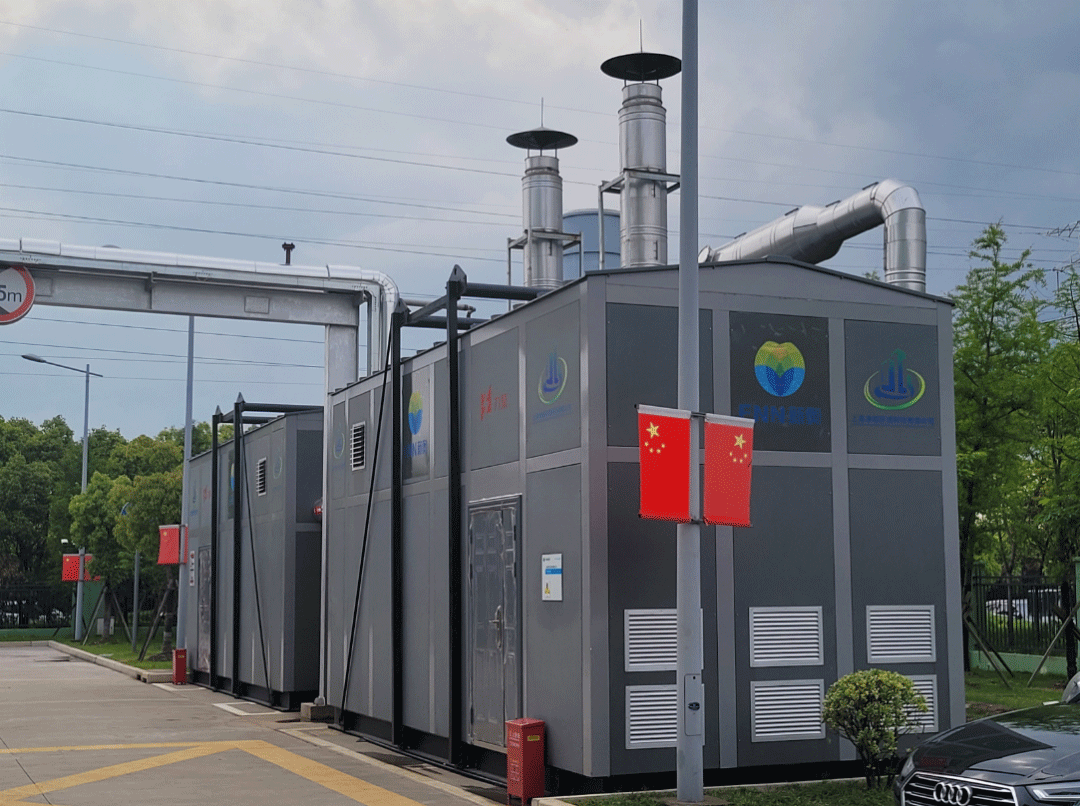After separating residential waste into dry and wet categories, the wet waste (primarily kitchen and food waste) is conveyed to specialized facilities for meticulous processing.Through anaerobic fermentation, wet waste yields copious amounts of methane gas and digestate. The methane can be combusted for heating or electricity generation, epitomizing resource recirculation.
This wet waste treatment facility, situated in the Shanghai region, generates over 10,000 cubic meters of methane daily, which was previously incinerated directly into the atmosphere via flares.

An immaculate wet waste processing facility.

Waste fermentation yields a profusion of methane, which then undergoes desulfurization and drying treatments.

Methane is ignited in a flare, with the resultant copious heat being discharged directly into the atmosphere.
To transmute waste into wealth, in 2023, two sets of Outdoor Steam Generators (Heat Pipe Steam Generators) were installed on the factory's vacant land. By burning methane, they generate steam, producing 60-100 tons daily, for both internal use and to supply neighboring factories.It is projected that this initiative can conserve over 2.5 million cubic meters of natural gas annually, yielding a direct economic benefit of more than 10 million yuan.

The externally-mounted Steam Generators (Heat Pipe Steam Generators) by LIJU.
The Steam Generator (Heat Pipe Steam Generator), utilizing LIJU's patented invention—WCB Water-Cooling Premixed combustion technology, achieves the safe and stable combustion of methane. Empirical tests for this project have shown nitrogen oxide emissions to be a mere 10mg/m³, realizing Ultra-Low NOx emissions far surpassing those from flare combustion. This innovation delivers both environmental and economic dividends for clients.